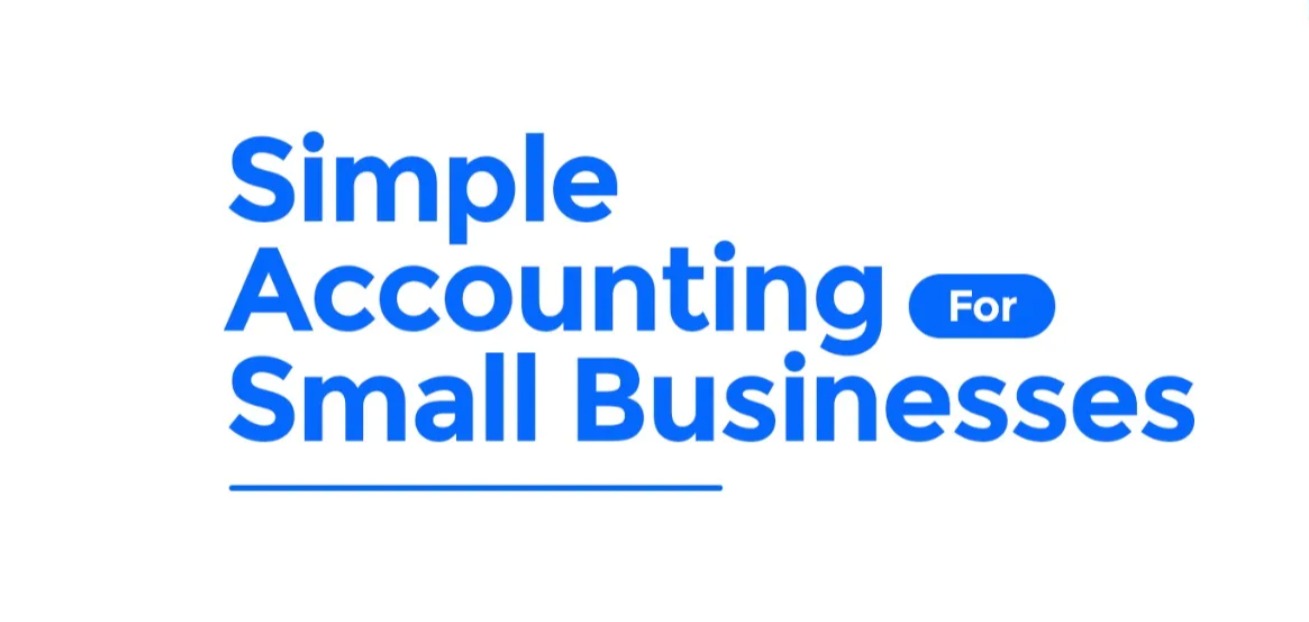In today’s hyperconnected world, the cost of a cyber attack is no longer just financial, it’s reputational, legal, and operational.
High-profile attacks like those on Marks & Spencer (2025), LastPass (2022), SolarWinds (2020), British Airways (2018), Equifax (2017), and Target (2013) show that even well-funded, globally recognized organizations are vulnerable.
But what do these incidents mean for startups, especially those in emerging markets like Africa where digital adoption is booming but cybersecurity maturity is still developing?
The answer is clear: security must be built-in, not bolted on. Startups cannot afford to treat cybersecurity as an afterthought. It must be part of the foundation, as critical as your product roadmap or funding strategy.
Whether it’s the SolarWinds compromise, where attackers gained access through compromised credentials, or Marks & Spencer’s 2025 ransomware and supply chain breach, social engineering remains one of the most successful attack vectors.
Often cloaked as legitimate emails or support requests, phishing schemes deceive employees into granting attackers their first entry point.
In the M&S case, attackers exploited credentials via a third-party contractor, infiltrated Active Directory, and deployed DragonForce ransomware, causing nearly £300 million in operational loss and weeks of service disruption.
To counter this, startups should conduct ongoing awareness training, simulate phishing attempts, and build a culture where security concerns are reported and not ignored.
In the M&S case, several mitigations could have limited the damage, including stronger vendor access controls, enforced multi-factor authentication (MFA) for all privileged accounts, and strict monitoring of Active Directory changes. Early anomaly detection and a well-drilled incident response plan might have shortened the recovery window and reduced business disruption.
When LastPass suffered a breach, encrypted user vaults were exposed. While encryption helped contain the fallout, the event reminded the industry that encryption must be holistically applied and rigorously enforced from end to end. Startups should encrypt data both at rest and in transit using industry-standard algorithms such as AES-256, RSA, and others, along with TLS 1.2+ (or higher) for secure communications.
This applies not only to external interfaces but also internal communications, logs, backups, and messaging queues. Crucially, startups should never attempt to build their own cryptographic algorithms, secure encryption should rely on battle-tested, community-vetted standards.
It’s easy to dismiss insecure code as a tech debt problem, but attackers don’t. Insecure APIs, hardcoded secrets, or unvalidated input are common culprits.
Startups should embrace structured code reviews, adopt SOLID principles, and stay familiar with the OWASP Top 10 vulnerabilities. Security starts at the pull request.
One of the most costly lessons from the British Airways breach was the failure to detect malicious code injections early. The longer a vulnerability lingers, the more damage it does. That’s why startups should schedule penetration tests regularly, combining automated scans with manual testing.
As platforms mature, they can also benefit from structured bug bounty programs to uncover edge-case weaknesses.
The principle of least privilege is often neglected in fast-moving environments. Excessive access rights allow attackers to escalate quickly if one credential is compromised.
Implementing Role-Based Access Control (RBAC), reviewing permissions quarterly, and automating key expiry and credential rotation can significantly reduce exposure.
During the Equifax breach, delays in response and poor communication worsened the situation. An effective response isn’t just about technology, it’s about preparation.
Startups should build and rehearse an Incident Response Plan (IRP) and ensure every team member knows their role in the event of a breach. Clarity, speed, and communication are essential when responding under pressure.
Third-party risks have proven equally dangerous. Target’s breach stemmed from a third-party HVAC provider, while SolarWinds was a software supply chain compromise that affected thousands of entities globally. Startups must enforce due diligence on their vendors, follow Zero Trust architecture, and vet every external integration as thoroughly as their own codebase.
Global breaches are not just stories for boardrooms, they are cautionary tales for every business. In Africa and other emerging regions, where digital adoption is happening at breakneck speed, we must embed security in our growth plans from day one.
Startups don’t usually get a second chance at trust. Security isn’t a checkbox, it’s a culture, a mindset, and a continuous investment. By taking cues from major breaches and applying preventative measures from encryption and code reviews to staff sensitization and third-party audits they can scale responsibly and confidently in an era where trust is everything.
The Writer:
Johnson Okoli is a Full-Stack Engineer with experience in developing and scaling eCommerce and SaaS applications. He works with Turing, US. A First-Class graduate of Computer Engineering from the Federal University of Technology Akure (FUTA). He is well-versed in the complete software development life cycle (SDLC), test-driven development (TDD), and Agile methodologies. Johnson has a strong passion for secure, intelligent systems with growing interests in cybersecurity and artificial intelligence, aiming to build innovative solutions that are both resilient and future-ready.
![]()
The post What Startups Can Learn from Global Cyber Attacks appeared first on Tech | Business | Economy.

.png) 20 hours ago
5
20 hours ago
5










.png)




 English (US) ·
English (US) ·